THE FROG is much bigger than the sum of its small traingular parts. It is a shock absorber and shield in addition to playing a vital role in blood flow, traction, and coordination. If you don’t take care of your horse’s frogs, you’re taking away all five of those functions at the same time.
Blood circulation
The frog is what keeps blood circulating properly below the knees and hocks. When your horse’s foot hits the ground, the frog dissipates the force of the impact and that impact is what pumps the blood back out of the frog and up into the leg. This increased blood circulation is vital to the overall health of your horse’s leg. A horse with poor circulation in his leg will stock up more. Shock absorption
Think of the frog like the shock absorbers in your car. Shock absorbers take the brunt of heavy impacts on rough terrain and limit the strain on the suspension system. If frogs are the shock absorbers then the suspension system is the tendons and ligaments in your horse’s legs. Without frogs functioning as proper shock absorbers, those tendons and ligaments take more abuse than they normally would. Bones and joints further up the leg are also affected.Hoof protection
A healthy frog protects the vital structures of the hoof from damage caused by excessive impact. This includes the digital cushion, bursa, navicular bone, and deep digital flexor tendon. Many of these structures are delicate enough that they can only take so much damage before it becomes permanent. Without a healthy frog, there is nothing to protect these vital structures within the hoof.Traction and coordination
The frog is full of sensitive nerve endings. It is speculated that the frog actually helps your horse feel the ground conditions and judge how best to place his feet. If his frog is not healthy enough to give him proper feedback, he may stumble and misjudge his footing.The frog also provides traction on a variety of surfaces. It is evidenced that barefoot, horses with their frogs in direct contact with the ground, have a better purchase on the snowy or icy ground than many shod horses.The key to a healthy frog is to understand its importance, know what makes a healthy frog and to care for your horse’s feet accordingly between regular farrier visits.
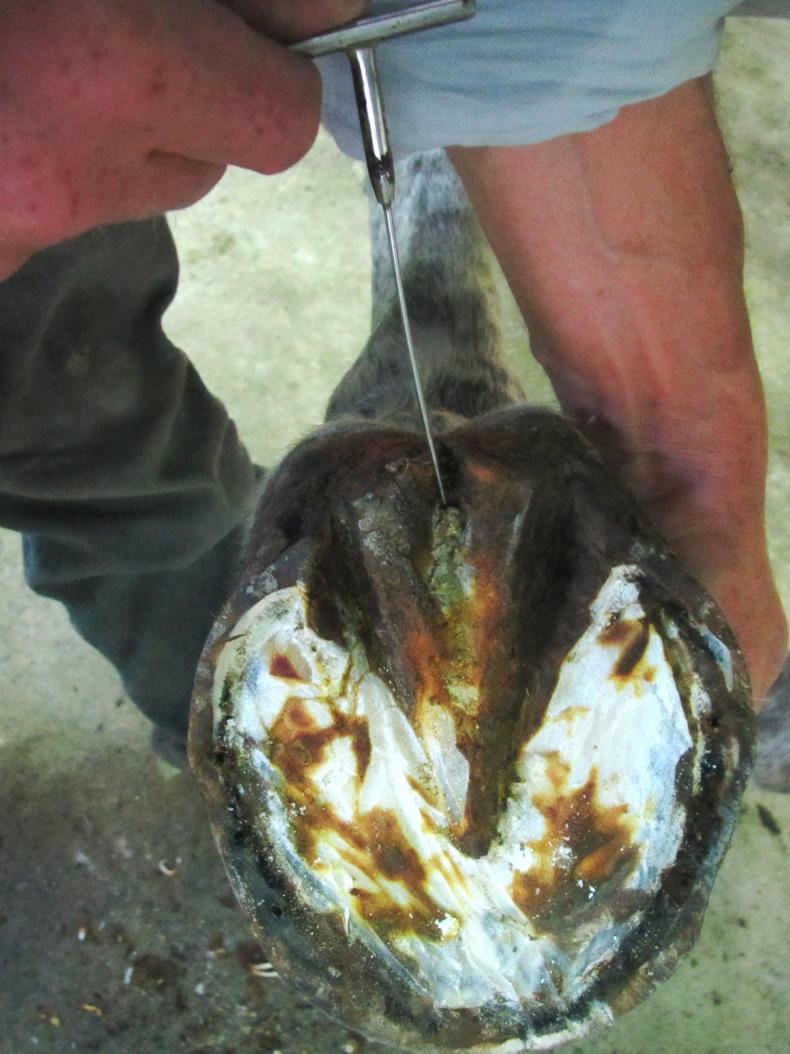

 This is a subscriber-only article
This is a subscriber-only article
 It looks like you're browsing in private mode
It looks like you're browsing in private mode





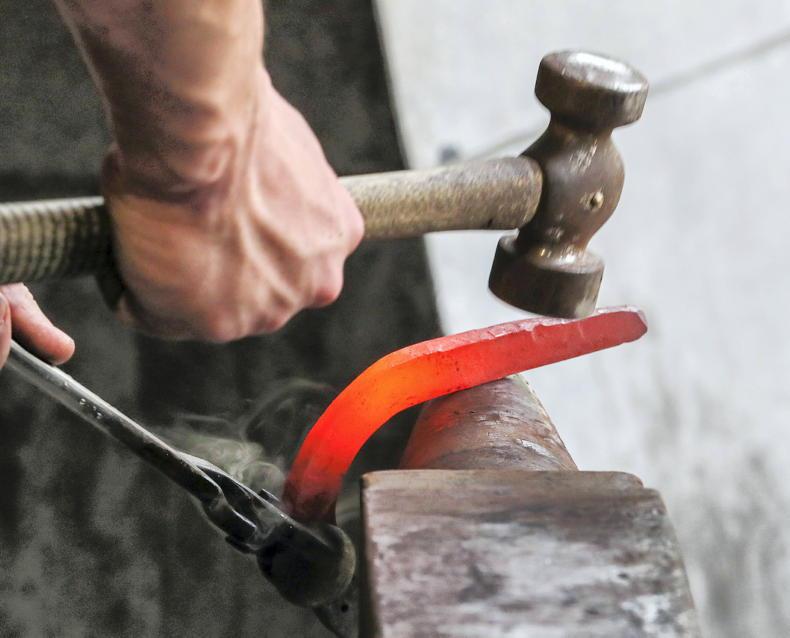
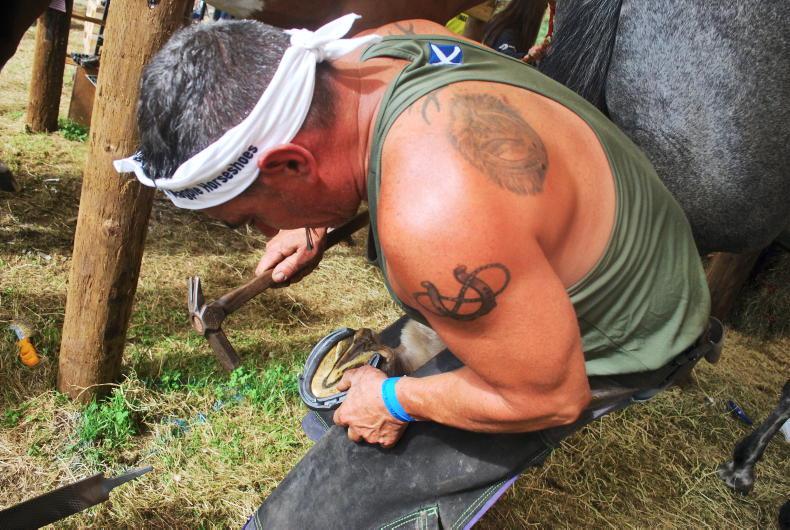

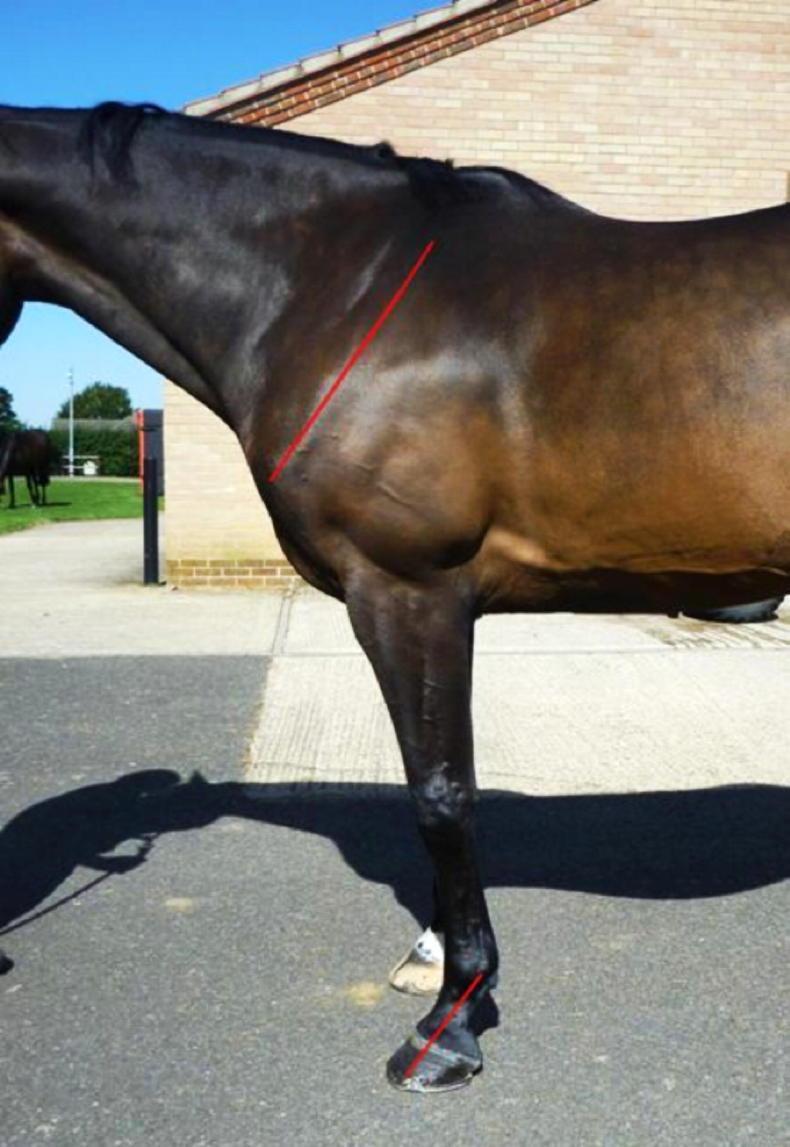
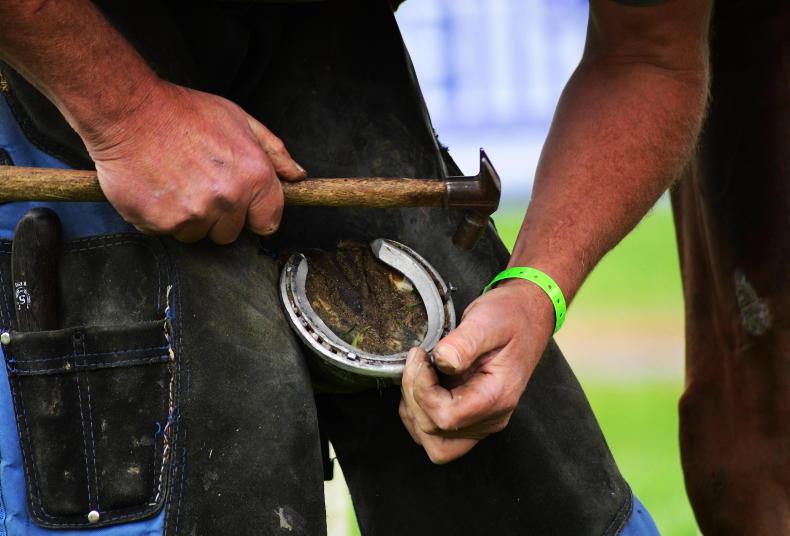
SHARING OPTIONS: